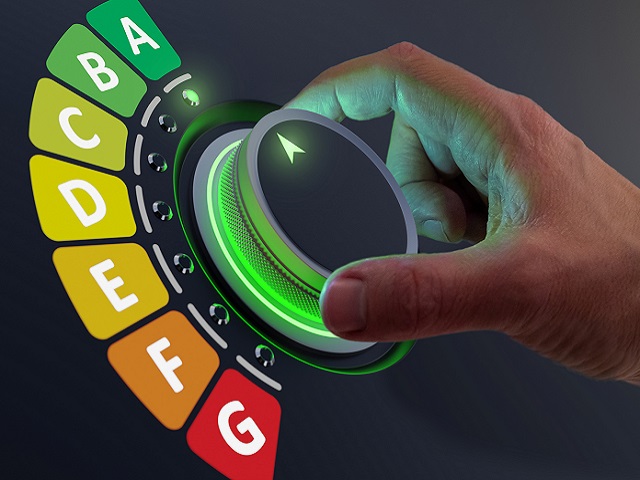How to Save Energy with an Access Control System
30 November 2022

With energy prices forecast to remain high for possibly the next 2-3 years, many businesses and organisations are looking for ways to reduce their electricity and gas bills. For buildings with smart access control systems in place, data analytics and a BACnet interface can provide some useful energy saving insights.
Access Control
Access control is a systemic process whereby permission has to be granted for entry or exit through a doorway. When we work with a company to specify an access control system, we start with a building plan and work out how many doors need to be under access control. We then build a profile of the system using either 2-door or 8-door controllers, depending on the spread of the doors within the building to be controlled. The next stage is to decide on the readers to be used for door entry and then how door exits should be controlled; either through an exit reader or a request-to-exit (RTE) device.
An access control system therefore consists of hardware (door controller, readers and RTEs and an access control software package. The software and its associated database are used to store credentials against user profiles, and importantly for building management and energy saving, data related to Who, Where and When.
Occupancy Management
How many people can be within a given space became an important building management task during the COVID pandemic. Not every business could function through remote working and had to combine this either with full or part occupancy. Manufacturing facilities, engineering services and even Blue Light emergency services being examples.
Access control companies, including Remsdaq, tasked their design and development teams to create new functions within their products. For the Remsdaq EntroWatch access control software package, this including occupancy management. The feature allowed a limit to be set for how many people could be within a given space, such as a canteen or rest room, and an automated alert to alarm should that number be exceeded. These areas had both door entry and door exit readers in place.
When a credential holder wanted entry to an access-controlled doorway, they presented their access card. This would be checked by the access-controlled software to ensure the credential holder had permission to enter the occupancy-controlled area, and that the number of people (credential holders) within the area was less than the set limit.
Tailgating can be issue for any access control system. This is where an individual enters an already open door, and does not use their card to ‘clock-in’. Company policies can cover the issue of tailgating and if it becomes an issue, IP cameras added to the access control platform to record pre and post door events.
Who, Where and When Data Reports
Reports are an integral feature within most access control solutions. The most commonly used report is ‘Who, Where and When’. For a well configured access control system, the report should show occupancy numbers, dates and duration for the building and specific areas. It may be possible to import this data for further analysis into Excel, for example, and to generate trending graphs.
BACnet Interface
BACnet is a communications protocol for building automation and control (BAC) networks that uses the ASHRAE, ANSI, and ISO 16484-5 standards protocol. Many building systems use BACnet with the predominance being towards heaving, ventilation and controls (HVAC) and lighting. Door controllers, such as the Remsdaq EntroStar and EntroNet also feature a native BACnet interface. This allows them to interface and report data movements along with other BACnet compatible systems for data analysis.
Energy Saving Readers and Door Controllers
In terms of energy saving, other aspects to consider and this applies to any device within a building, is the standby energy usage. The greater the number of access-controlled doors, the larger the number of readers and door controllers, all requiring power even when in standby mode. As such it is important to choose low-energy card reader and keypads with Eco mode features such as the Remsdaq EntroPad. When activated this range of card readers, card reader keypads and contactless request-to-exit (RTE) devices lights-up to allow easy usage even in poorly lit areas. In Eco mode, the devices go into a low-energy standby mode.
Access Control and Energy Saving
Installing smart access control systems, such as Remsdaq’s EntroWatch, can help many businesses and public sector organisations to reduce their overall energy consumption and tackle rising energy costs. The features required for a successful energy saving program are already built-in and include native BACnet for building management system integration, Eco modes to ensure minimal standby power consumption and comprehensive data collection.
